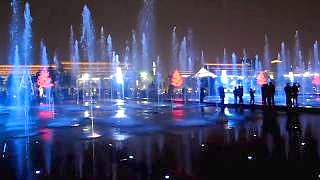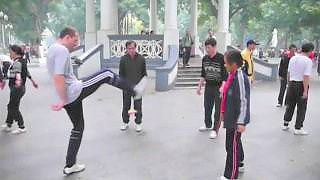 ShenYang, capital of LiaoNing province
ShenYang, capital of LiaoNing province
With Walk East ...
[640],shadow=true,start=,stop=
LiaoNing map

Related Videos
Featured Videos

|
Relaxing With Chinese Bamboo Flute, Guzheng, Erhu - hours of great music ...
|

|
YT comment : "I hope haters could put down their bias for a while, and try to understand how Chinese people value their families, value their communities, their societies, and understand the connection between these traits and the achievement that China has made."
With 歪果仁研究协会 YChina / Raz Galor ...
Bonus film (fun in GuangZhou) ...
|

|
With Redacted ...
With Brian Berletic, Angelo Giuliano and Danny HaiPhong ...
With Reportify Media and George Galloway ...
|

|
ShaanXi province
Filmed by stellaxhyu
|

|
Wonderful landscapes ...
|

|
With Little Chinese Everywhere ...
|

|
With Beijing Old Liu ...
|

|
A popular pastime in parks all over China.
JianZi combines athleticism, balance, coordination and inner calm. It has been played in China since the Han Dynasty (200 BC). The 'shuttlecock' is composed of a number of coin-like metal weights and colored feathers.
The first film is from the People's Park in GuangZhou; the second is at the Long Corridor of the Temple of Heaven in BeiJing. The third film shows some masters at play.
|
Tag search ?

 ShenYang, capital of LiaoNing province
ShenYang, capital of LiaoNing province






